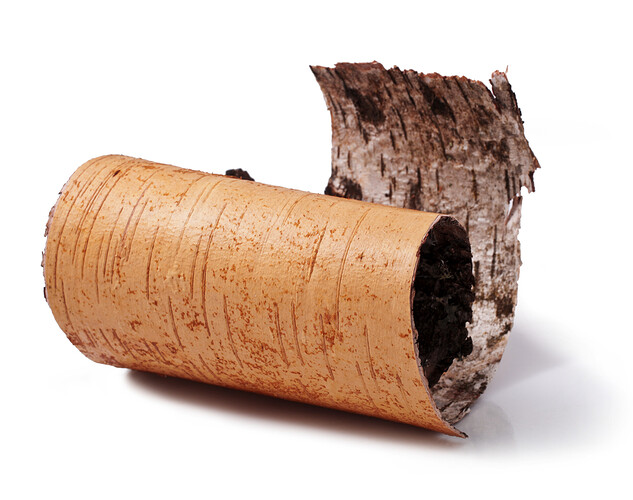More to bark that meets the eye? (Photo Credit: 38057658 | © Multik | Dreamstime.com)
New Zealand researchers are looking to turn abundant amounts of bark stripped from the country’s radiata pine trees (often discarded as waste) into biopharmaceuticals, potentially used in everything from anti-inflammatories to cancer-fighting drugs.
Published last month, Sumanth Ranganathan, a biochemical chemical engineer, has been leading a team at Scion, the country’s leading Crown Research Institute in forestry, industrial biotechnology, and advanced manufacturing, to investigate better ways to use bark – which make up to 15% of the tree’s weight: “Only a fraction of this is utilized, primarily for landscaping or energy; the rest is left at the harvest or handling site to naturally decompose,” Ranganathan said, adding that for some of these trees, bark could be a treasure-trove for drug companies.
Click here to download the research.
In a New Zealand commercial forest, more than 90% of the trees are typically Monterey pines (Pinus radiata), known for fast growth, sometimes as much as two meters a year. And each year, the country’s logging industry produces 2.5 million metric tons of bark, which could feed back into a bark-based biorefinery.
However, getting the desired compounds from P. radiata, though, depends on the sequence of extraction. Those compounds can be obtained by cooking the bark or using more complex methods, such as accelerated solvent extraction or supercritical fluid extraction. The extraction method must be matched with the desired compounds. However, according to Ranganathan’s team, no studies have checked if the order of extractions influences the outcome.
So, that’s what these scientists studied. They looked at the impacts of the size of the bark particles and the order of adding solvents. Although the order of extracting hydrophilic and lipophilic compounds didn’t impact the composition of the final extract, it changed the yield: “Performing the hydrophilic extraction first would increase the total extraction yield of P. radiata bark by 20%,” Ranganathan’s team told Genetic Engineering and Biotechnology News. Plus, with that sequence of extractions, “a significant increase of the flavonoids catechin, quercetin, and taxifolin was observed, which can be used as antioxidants, antimicrobials, and nutraceuticals.”
As Ranganathan and his colleagues suggested, bark from Monterey pines doesn’t need to go to waste, but capturing more of the treasured components depends on the sequence of the process. As these scientists put it: “These insights collectively highlight opportunities to enhance extraction processes, reduce waste, and tailor protocols for specific end-uses, positioning P. radiata bark as a valuable resource in sustainable bio-based product development.”
Find out more: Ranganathan, S., Campion, S., Dale, R.A. et al. Determining the sequence of extracting Pinus radiata bark to maximize the total yield of extractives–towards the development of a bark-based biorefinery. Bioresour. Bioprocess. 12, 49 (2025). Determining the sequence of extracting Pinus radiata bark to maximize the total yield of extractives–towards the development of a bark-based biorefinery | Bioresources and Bioprocessing | Full Text
